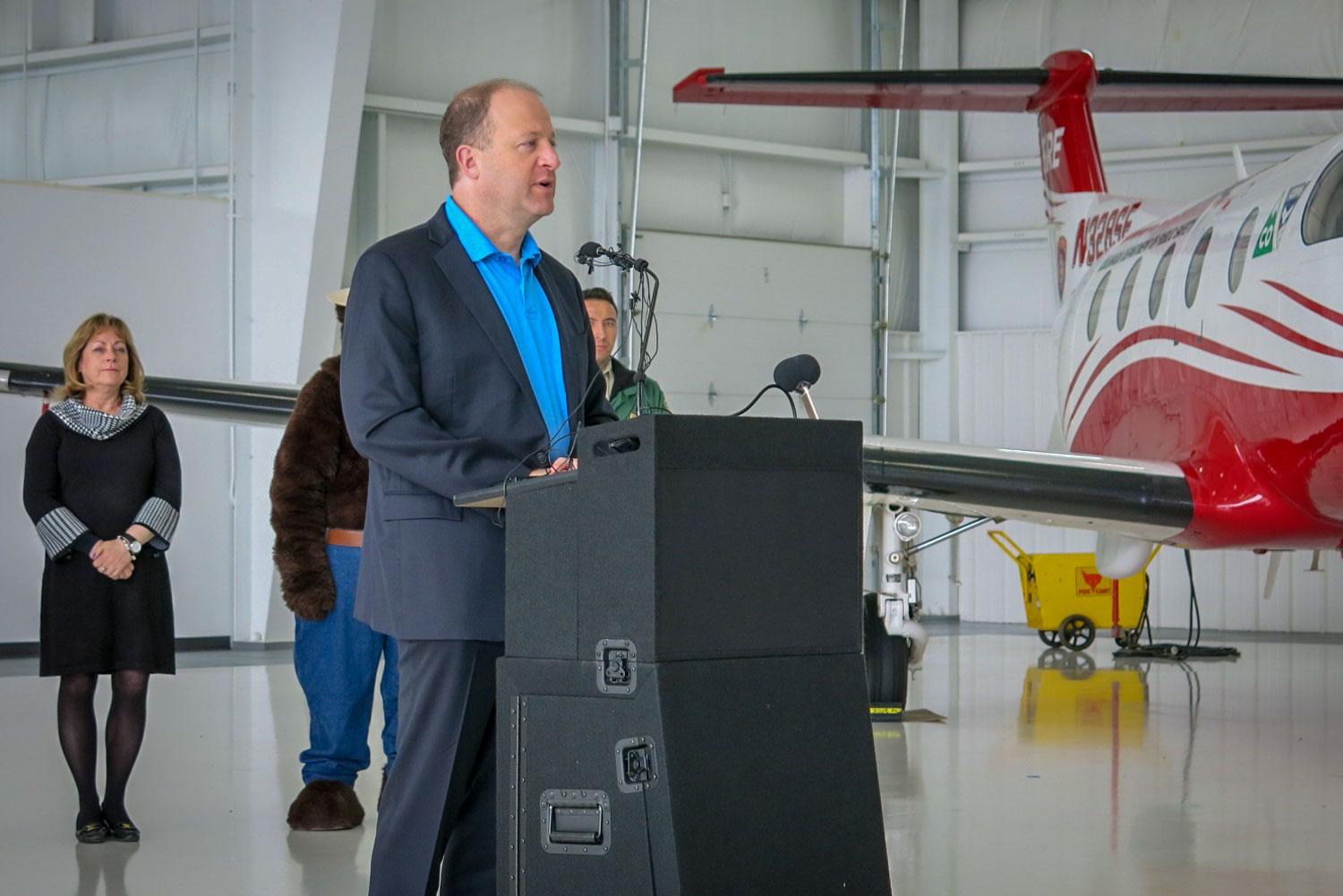

Colorado wildfire responders are prepared for a quiet summer. The forecast calls for plenty of moisture, and an average- to below-average year. Current soggy conditions across the state are a far cry from 2018’s drought and tumultuous wildfires.
But Gov. Jared Polis doesn’t want the moderate risk to “lull anyone into a false sense of security.” He and other fire responders stressed the importance of homeowners who live in the wildland-urban interface to clear vegetation surrounding their properties
“While the risk of a major fire event may be lower this year, that doesn’t mean there won’t be major fire events or loss of life,” the governor warned.
The majority of the state saw drought last year that crippled crops and dried up pastures. The hot and dry conditions helped fuel 18 big fire incidents including the 416 Fire near Durango and the Buffalo wildfire in Silverthorne.
The statewide fire response drained $40 million from government coffers.
Wet and cool weather patterns do not entirely eliminate large fire activity, but they can reduce the length and severity of a season.
Despite the reprieve, Colorado will continue to prepare for longer wildfire seasons that come with warming temperatures and climate change. Colorado Division of Fire Prevention and Control Director Mike Morgan said the state will have $3 million more in the annual budget that starts July 1 to respond to wildfires and do things like controlled burns.
“The general sense is we’re going away from a seasonal model of staffing so we have folks who can not only respond to the extended fire season but also be there to do prevention activities,” he said.
Go Old School: The West’s Fire Lookouts Aren’t Obsolete Yet









